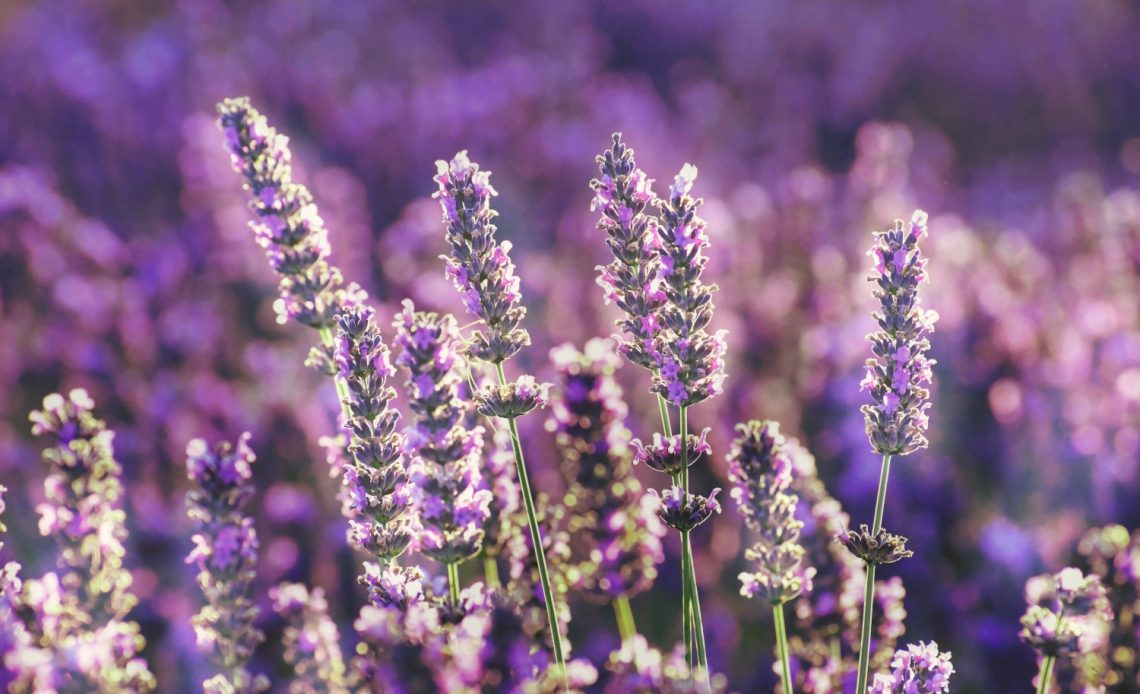

We’re here to help! Wild Yards is a completely free website that is 100% dedicated to helping you create a wildlife-friendly, sustainable yard. Read more
WildYards is reader-supported. When you buy a product through a link on our site, we may earn a comission. Every product is independently selected by our (obsessive) editors and our reviews are unbiased and objective. Read more about our mission or our privacy policy.
Lavender is a fragrant herb prized for its delicate appearance, nectar-rich blossoms, and hardy nature. This plant thrives in nutrient-poor soils that other ornamentals, including geraniums and hydrangeas, wouldn’t be able to survive in. Because lavender grows so well in sandy soils, and because it can tolerate full sun, it’s a popular choice for lawns and gardens that lack shade. In general, lavender is a hands-off kind of shrub. Simply plant it and leave it to its own devices. But if you notice lavender drooping, you’ll need to examine the plant closely to address the underlying issue.
Lavender often droops when it becomes root bound, so if your lavender is potted, this is a sign that it needs more room to grow. Lavender may also droop because of insufficient watering, overwatering, extreme heat, rapid temperature changes, and transplant shock.
8 Reasons why your lavender is drooping plus how to revive it
Like rosemary, lavender enjoys full sun, sandy, well-draining soils, and… well, that’s about it! As long as you meet your lavender’s basic growing requirements, it should be good to go. Of course, that said, your lavender can still run into a few problems. If you see your lavender drooping, take a closer look — it’s trying to tell you something. Once you figure out why your lavender is drooping, you can correct the issue and the foliage and flowers should perk up once more.
The problem: root bound
If your lavender is drooping and it’s in a pot, that’s a sign that it has become root bound. If the plant is kept in the same pot for too long, its roots will wrap around each other to the point that the plant begins to suffocate. Take the base of your lavender and gently wriggle it around the pot. Does the entire root ball, soil and all, pry away from the edges of the pot easily? If so, this is another good indicator that your lavender is drooping because its roots have become entangled. When left to grow in a pot that’s too small, the lavender’s roots grow until they can’t grow anymore. With more roots than soil, the plant struggles to breathe and absorb nutrients. The result is drooping lavender.
The solution: repot the plant
When a plant becomes root bound, whether it’s lavender or not, the best thing to do is transplant it to a bigger pot. Choose a pot that is at least twice as deep and as wide as the plant’s current pot. Alternatively, you can also transplant your lavender to a permanent spot in your garden. Set the lavender in a bucket of water until all of the air bubbles are gone. Then, carefully remove the lavender from its pot. There’s no need to prune the roots or break them up as this has no benefit to the plant and does not improve its performance. Once everything is ready, set the plant in its new spot, and use lavender potting soil mix to fill in around the lavender, tamping gently to remove air pockets. Once your lavender settles, its foliage and flowers will straighten up again.
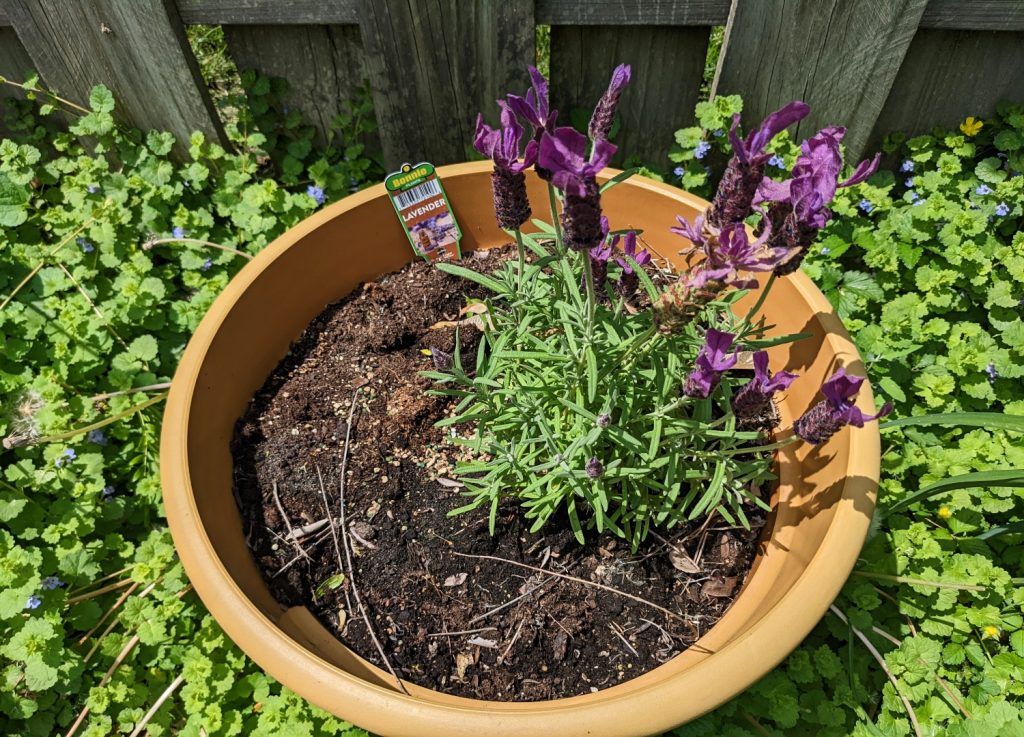
The problem: overwatering
Lavender is incredibly drought-tolerant. Muddy soils quickly kill these plants, and even a moderate level of moisture over a prolonged period can set your lavender up for root rot. So if your lavender is drooping, and it’s not because the plant has become root bound, then the second thing you should consider is that the plant has been overwatered. Feel the soil surrounding your lavender with your finger. Does the soil feel damp an inch below the surface? Can you see water standing around the plant? These are signs that your lavender is suffering from too much moisture.
The solution: improve soil drainage
Lavender is particularly susceptible to root rot, so if your lavender is overwatered, you’ll need to act fast. If your lavender is in the ground, use a garden hoe to dig a trench to help standing water runoff. Then, amend the soil with coarse sand and pea gravel to improve drainage. If your lavender smells bad, then it has probably developed root rot. You’ll need to uproot the plant and either replace it or use sharp scissors to remove the damaged roots and stop the infection. Once your lavender has been uprooted and had its roots pruned, you can leave the plant on some newspaper to dry overnight. After that, it’s safe to move your lavender to its new home. Whether you put your lavender in a new pot or a new location in your garden, be sure to amend the soil with lavender potting soil to ensure conditions are ideal for the plant.
The problem: underwatering
Occasionally, lavender droops due to a lack of water. Even though these plants grow best in dry climates, they still need some moisture to survive. If you’ve gone weeks and weeks without watering your lavender, or if your growing zone is in the middle of a drought, then your lavender may be drooping due to dehydration. Check the soil at the base of the plant. If it feels dry and powdery an inch down, that’s a sign the plant could use a drink. Lavender that has been underwatered may also develop brown leaves. If the plant hasn’t got enough moisture, it may die back to conserve water.
The solution: give the lavender a drink
Lavender doesn’t like too much water. But that doesn’t mean that these plants can’t benefit from a regular watering schedule. A good rule of thumb is to water your lavender every two weeks. Always check the soil before watering. If it feels moist, then wait a few more days before watering the plant again. The soil should be allowed to dry out thoroughly in between waterings. Water your lavender in the morning, and water only the base of the plant so the moisture doesn’t accumulate on the foliage and lead to fungal infections. Use a garden hose to water the plants deeply. Deep, infrequent waterings are always preferable to small sips every few days.
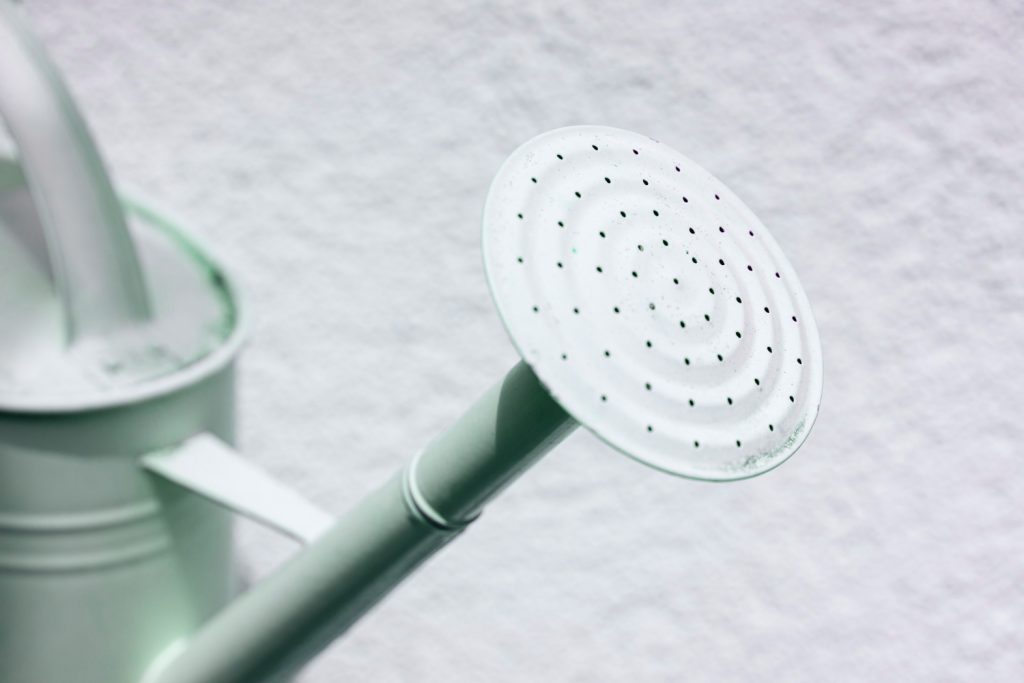
The problem: extreme heat
Lavender is hardy from zones 5 through 9. This plant grows best in temperatures ranging from the upper 60s to the lower 90s. While lavender prefers to grow in dry, hot climates, it can still suffer from extreme heat, the same as any other plant. If your lavender is planted in full sun and temperatures in your growing zone regularly reach the 100s, the plant could be getting too warm. It’s not unusual for lavender growing in these conditions to droop during the hottest part of the day. If your plant is fine in the morning but droops in the afternoon, then perks up again in the evening, then it’s simply getting too hot.
The solution: give the plant some shade
When most plants wilt due to excessive heat, giving them a bit of extra water can help. But that’s not the case with lavender. Because this plant is so sensitive to excessive moisture, the best thing to do is to move it to a new location, one where it can receive some afternoon shade. Lavender needs 6 to 8 hours of sunlight a day. If your growing zone is particularly hot, transplant the lavender to a spot where it can receive plenty of morning sun, but gets some dappled shade in the afternoons. This break from the heat will quickly improve its foliage, and your drooping lavender will recover in no time.
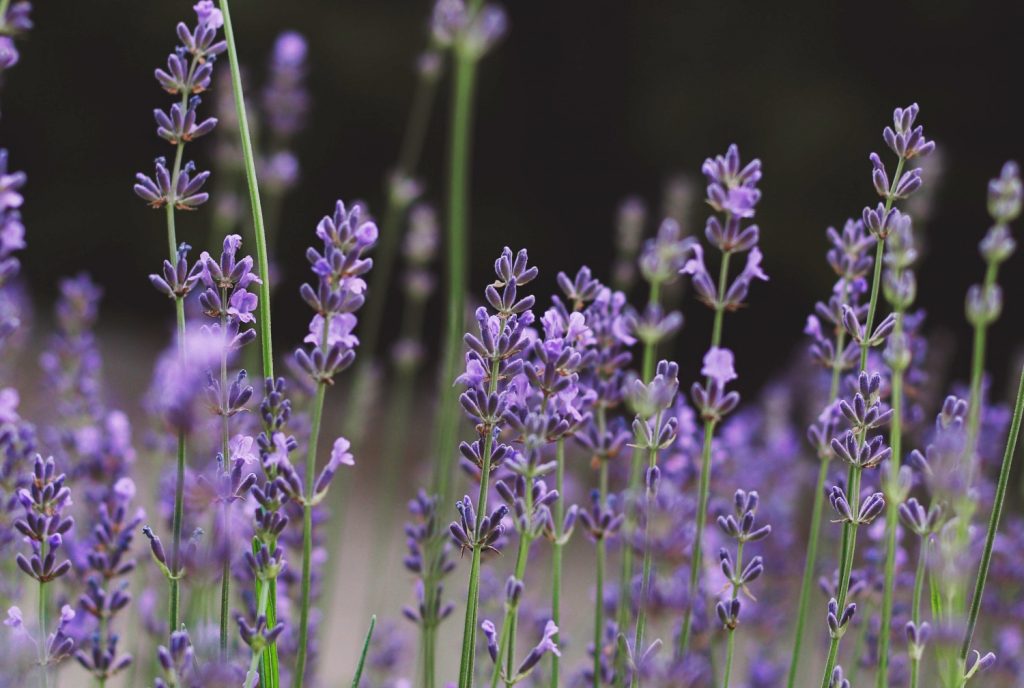
The problem: rapid change in temperature
Maybe your lavender isn’t drooping because it’s super hot out. Maybe it’s simply drooping because the temperature changed too fast for its liking. It’s not uncommon for lavender to droop in response to a cold front or a hot southerly wind. A quick change in temperature can affect not only the plant’s foliage but also its flowers, causing the blossoms to wilt and look sad.
The solution: patience
If your lavender is stressed out because of a sudden change in the weather, the best thing to do is to give the plant a little extra TLC and wait it out. Cover the plants if a late-season frost is on its way. And make sure the plant is situated in a shady location if a heat wave is in the forecast. But if your lavender is already in an ideal spot where it gets enough sun (but not too much!) and if its soil drains well, then there’s no need to make any adjustments in care. A little patience and continuing your normal care routine will get your lavender back on track.
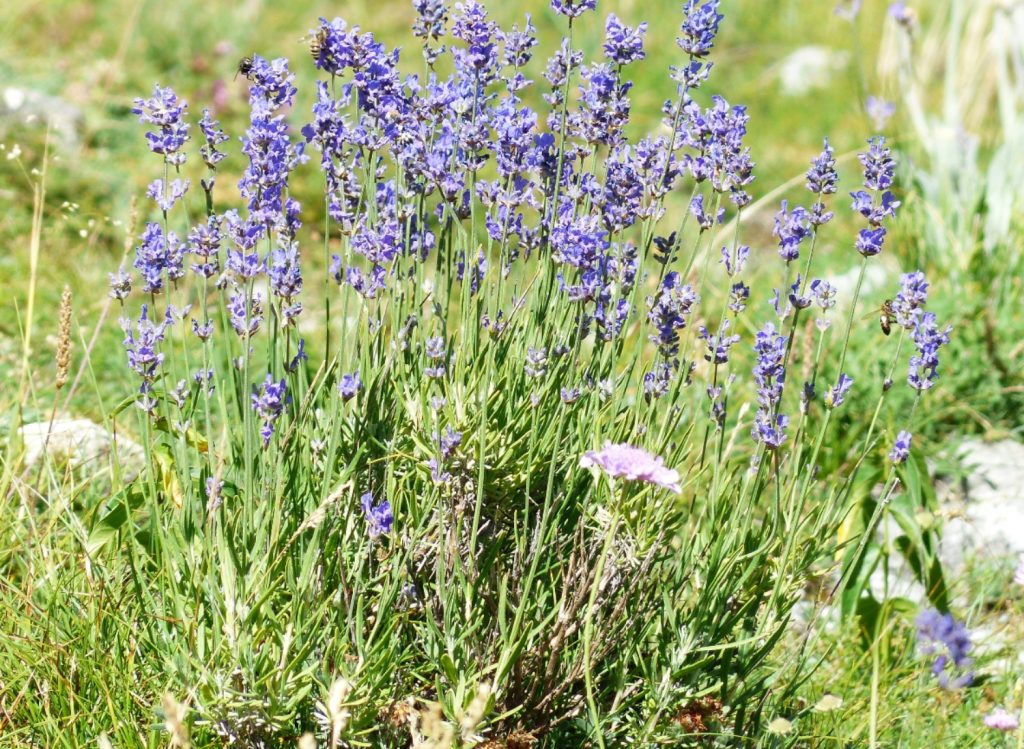
The problem: transplant shock
Sometimes it’s necessary to move your lavender to a new location. If the plant’s previous spot stayed too moist or if it didn’t get enough sunlight, then moving the plant to a better place only makes sense. But hardy as lavender is, it can still get stressed out during transplanting — especially if it has been transplanted incorrectly. If you just repotted your lavender, or if you moved it to a new spot in your landscaping, then it could be drooping because it’s in shock.
The solution: supportive care
Lack of hydration is a leading cause of transplant shock. When a plant moves to a new home, it relies on that extra moisture to help it get established. Even though lavender doesn’t like to be overwatered, its soil should be kept damp to the touch in the weeks after transplanting. Avoid watering the soil so much that it gets muddy. But make sure the plant has just enough hydration to recover from the move. Of course, transplanting the lavender correctly can make a huge difference, too. Follow our step-by-step guide for transplanting to improve your lavender’s chances of success in its new home.
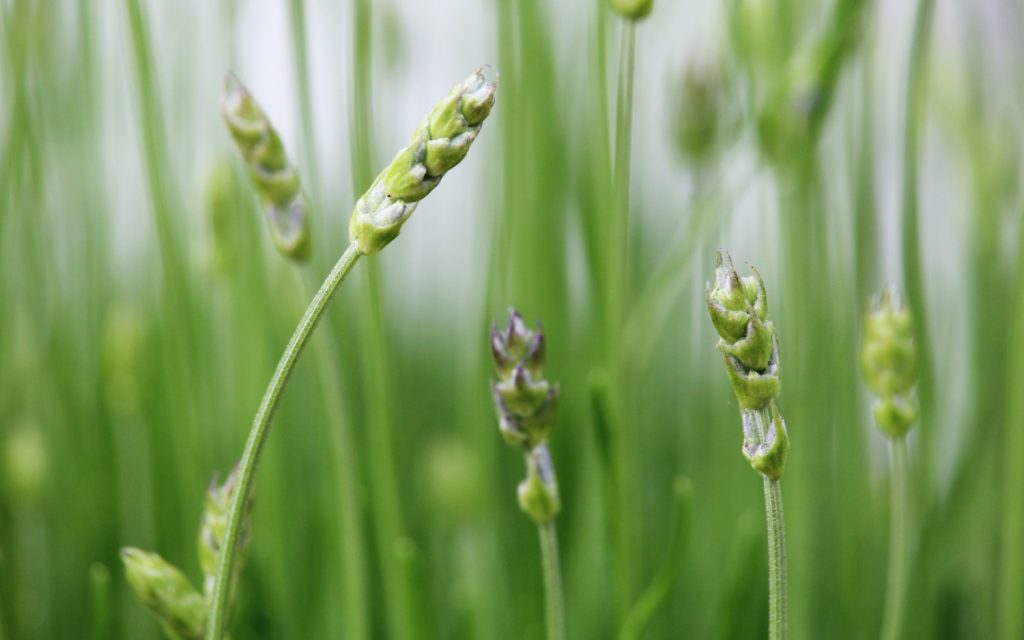
The problem: incorrect soil
Lavender is picky about its soil. It grows best in nutrient-poor loose sandy loams, and although it’s tolerant of slightly acidic soils with a pH of 6.5, it prefers to grow in alkaline substrates with a pH of 8.0. If your lavender is growing in the wrong soil, whether the soil is too nutrient-dense, too compacted, or too acidic, then the foliage may wilt and the flowers may droop. Examine the soil closely. Is it full of decaying organic materials that make it fertile and moist? Does the soil have a high clay content and a tendency to stay compacted? And what about the pH? Knowing what type of soil you have and understanding its properties will help you make the necessary adjustments to improve your lavender’s health.
The solution: amend the soil
In most cases, amending soil to make it more suitable for lavender is just a matter of adding sand. Coarse sand breaks up clay-rich, compacted soils, and it improves drainage and depletes minerals in soils that are full of decaying organic materials. Once your soil has a better texture, use an at-home soil pH test kit to determine where your soil sits on the scale. If your soil is too acidic for your lavender’s liking, add baking soda or limestone to raise the pH. If your soil is a bit too alkaline, even for lavender, then compost and manure can be used to neutralize it a bit.
The problem: overfertilizing
If you notice lavender drooping after feeding it, that’s a sign it has been overfertilized. You may also notice the leaves turning yellow and brown and dying off. Remember, lavender prefers nutrient-deficient soils. Fertile soils that are full of organic materials don’t just retain moisture and contribute to root rot, but the influx of extra vitamins and minerals can lead to nutritional imbalances that the plant can have trouble overcoming. Feeding lavender on a regular basis, as you would azaleas or other flowering shrubs can have devastating consequences for lavender.
The solution: stop feeding the plant
Lavender isn’t like your average ornamental. You don’t have to fertilize it. If you absolutely insist on feeding the plant, then give it a small dose of general-purpose fertilizer, like MiracleGro, once in the spring. This will help see the plant through its flowering season, and it will have plenty of nutrients left over to keep it healthy until the next growing season. If your lavender is drooping because it has been overfertilized, you may notice fewer blooms over the summer. But once the flowers have died, you can prune the plant back, and that will allow it to use up some of the extra nutrients in the soil for new growth.
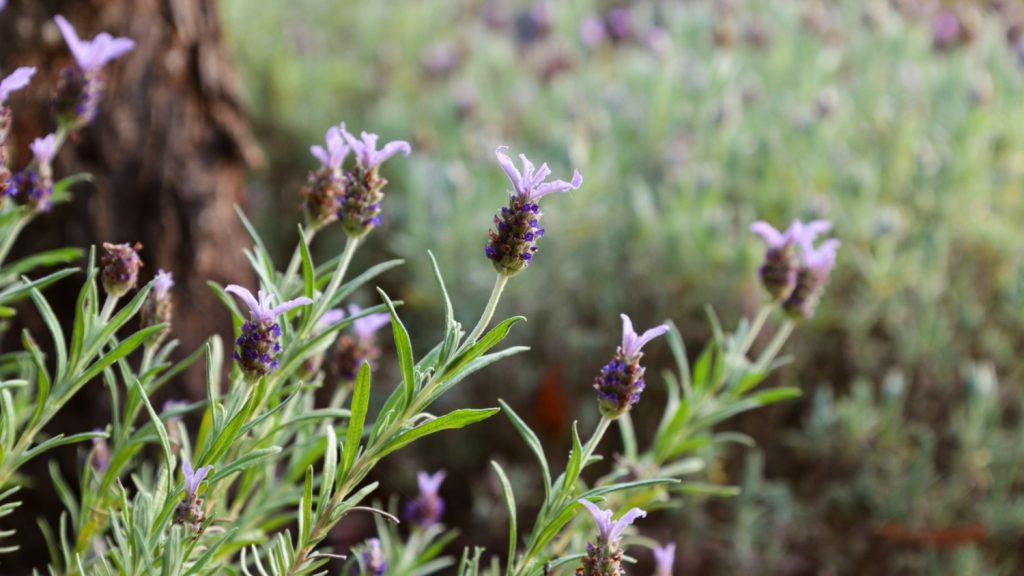
Will your lavender’s drooping foliage return to normal?
Once you correct the underlying issue, your lavender’s foliage should perk up again. As the plant recovers from whatever was ailing it, the leaves and stems will stand upright. If the flowers became droopy, they should correct themselves, too.
It is worth noting that even though it’s possible for your lavender’s drooping foliage to return to normal, this may not always be the case. If your lavender was overfertilized, the leaves may suffer from nitrogen burn and the wilted foliage may die back. The same may happen to lavender suffering from frost damage or excessive watering. If the foliage dies, then it’s safe to trim it off, regardless of the time of year. Doing so will improve the plant’s appearance and encourage new growth.
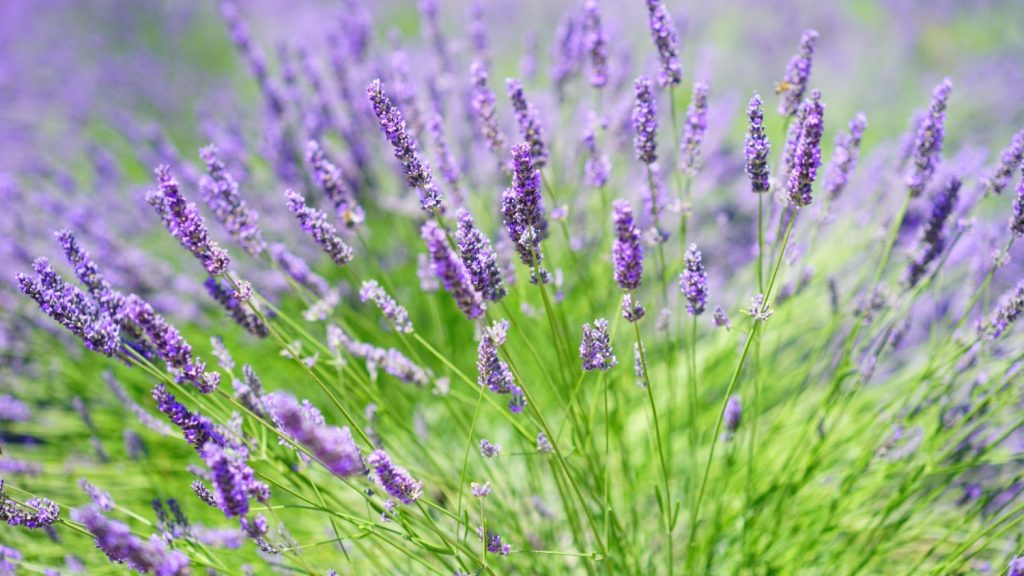
Tips for preventing your lavender from drooping
In addition to ensuring your lavender is planted in the correct soil and gets plenty of sunlight, there are a few other things you can do to prevent the plant from drooping.
Start by removing any mulch you may have spread over the surrounding soil. This allows excess water to evaporate quickly, creating a drier environment for your lavender. Good air circulation is critical to maintaining healthy lavender. Be sure to space the plants 2 to 3 feet apart, even if you’re growing a lavender hedge.
Meeting your lavender’s basic care requirements, and taking a few precautionary measures, will help prevent and treat drooping foliage.
